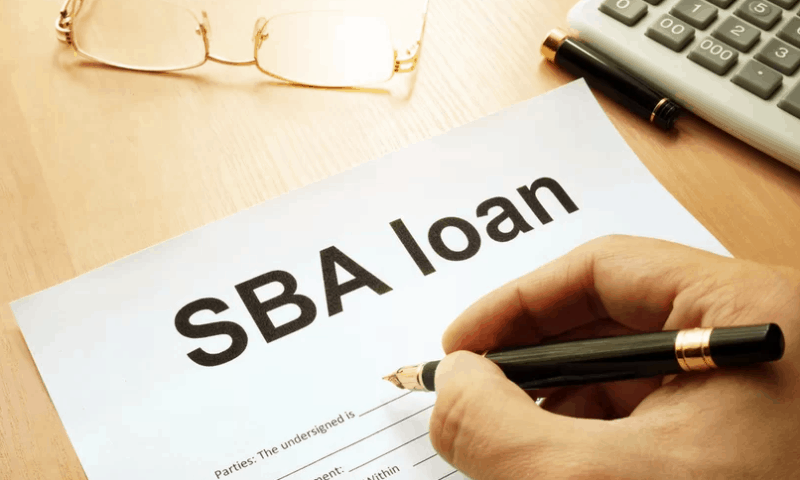The Small Business Administration (SBA) program provides government-backed loans to small businesses. This incentivizes banks to provide loans to small businesses it otherwise would have rejected for credit issues or lack of collateral. SBA loans usually come with a lot more paperwork and reporting requirements, but they also generally have favorable interest rates and terms.
While they can be a great opportunity for businesses that otherwise wouldn’t qualify for a conventional loan, not every business is guaranteed a loan through the SBA. There are some important requirements. For example, to be eligible for an SBA loan, you must be a for-profit business, be established in the U.S., have invested equity and have exhausted all financing options. If you meet these criteria, there are several ways you can apply for a loan through the SBA.
1. Apply for a loan through a local lender.
The SBA partners with lenders to provide financing to small businesses. Most local banks have an SBA loan program with SBA-certified underwriters. This process will take longer than getting a conventional loan, but it can be a great way to get set up with a loan. The overall steps for getting an SBA loan are the same as getting a conventional bank loan – head to a local bank with an SBA program and talk with the bank about financing.
There are two main types of SBA loans: 7(a) and 504 loans. The 7(a) loans encompass standard business financing, while the 504 loans are geared more toward long-term real estate purchases. Within both these loan types are a few different loan products. You can talk with your lender about which loan is right for you. These loans include standard-term loans of varying sizes and more unique loan products like the Builders CAPLine.
2. Visit a Small Business Development Center.
Small Business Development Centers give guidance to new and existing businesses. The SBA funds them in conjunction with state economic offices and other organizations. These centers are a great way to take advantage of SBA services and take your first steps toward acquiring a loan through the SBA. These are some of the services these development centers provide:
- Business plan development
- Manufacturing assistance
- Financial packaging and lending assistance
- Exporting and importing support
- Disaster recovery assistance
- Procurement and contracting aid
- Market research help
- Healthcare guidance
Every state has multiple development centers. You can find one and take advantage of its services here.
3. Use Lender Match.
In case you don’t want to head over to your local bank or a development center, the SBA provides a free online tool to match you with a lender. Lender Match can connect you with an SBA partner in two days. You fill out your information on the site, SBA officials review it, and then you’re paired with a lender to start the lending process. This is a simple online way to look into funding.
While the program is quick and easy, it doesn’t guarantee you’ll be matched with a lender. To speed up the process and boost your chances of being paired, the SBA provides a checklist of information your business should have developed and ready. To work with a lender through the SBA, you’ll need to provide the following information:
- Business plan
- Amount of money needed and the use of the funds
- Credit history
- Financial projections
- Some form of collateral
- Industry experience within your field
This may be a longer list than some alternative financers on the market require, but the overall terms of your SBA loan will likely be more favorable than pairing with an alternative financer.

